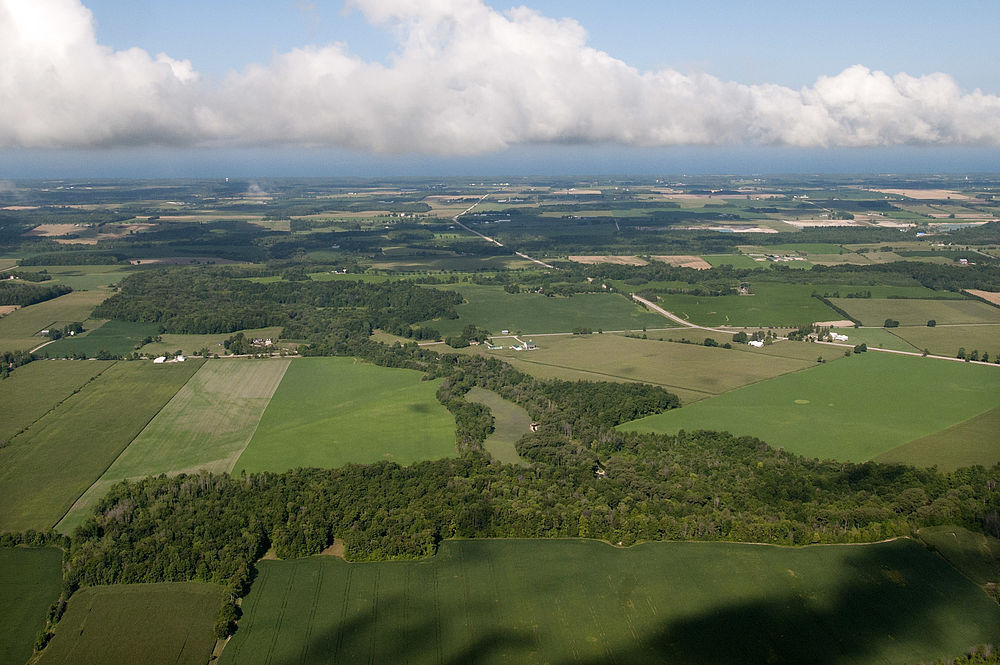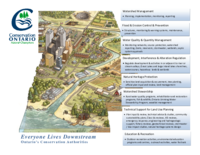About Conservation Authorities
Unique to Ontario, Conservation Authorities are local watershed management agencies that deliver services and programs to protect and manage impacts on water and other natural resources in partnership with all levels of government, landowners and many other organizations.
Conservation Authorities promote an integrated watershed management approach balancing human, environmental and economic needs. Conservation Authorities are organized on a watershed basis.
There are 31 Conservation Authorities operating in southern Ontario and five Conservation Authorities delivering programs and services in northern Ontario. The network of Conservation Authorities is represented by Conservation Ontario, which is a nonprofit association. Conservation Authorities began to be established by municipalities and the province in the 1940s in response to severe flooding and erosion problems in Ontario.
Conservation Authorities are either charitable or nonprofit organizations legislated under the Conservation Authorities Act, 1946. Each Conservation Authority has its own Board of Directors comprised of members appointed by local municipalities and most are elected municipal officials.
Conservation Authorities range in size from very large to small which influences the programs and services they are able to offer.
Hurricane Hazel - 1954
A particular milestone in Conservation Authority history was the impact of a devastating event – Hurricane Hazel in 1954. This storm mobilized the need for managing Ontario’s watersheds on a regional basis.
As a result, after Hurricane Hazel, the provincial government amended the Conservation Authorities Act to enable Conservation Authorities to acquire lands for recreation and conservation purposes, and to regulate that land for the safety of the community.
Typical breakdown of funding sources for Conservation Authorities
Municipal levies – 53%
Self-generated revenue – 35%
Provincial grants & Special Projects – 8%
Federal Grants or Contracts – 4%
Mandate
The core mandate of Conservation Authorities is to undertake watershed-based programs to protect people and property from flooding and other natural hazards, and to conserve natural resources for economic, social and environmental benefits.
Objectives
Develop and maintain programs that will protect life and property from natural hazards such as flooding and erosion
Conservation Authorities work in partnership with municipalities and others to protect life and property through the development of programs and services that minimize or prevent the impact of flooding and erosion.Develop and maintain programs that will conserve natural resources:
Ensure Ontario's water resources are properly safeguarded, managed and restored
Conservation Authorities protect, restore and effectively manage impacts on Ontario's water resources such as lakes, rivers, streams and groundwater.
Protect, manage and restore Ontario's woodlands, wetlands and natural habitat
Conservation Authorities develop programs that protect natural heritage and habitats and promote watershed stewardship practices that lead to healthy watersheds.
Connect people to the natural environment
Through the lands they manage and own, as well as the educational programs they deliver, Conservation Authorities provide opportunities for people to understand and appreciate the value of their natural environment as well as the social and economic benefits of protecting that environment.



